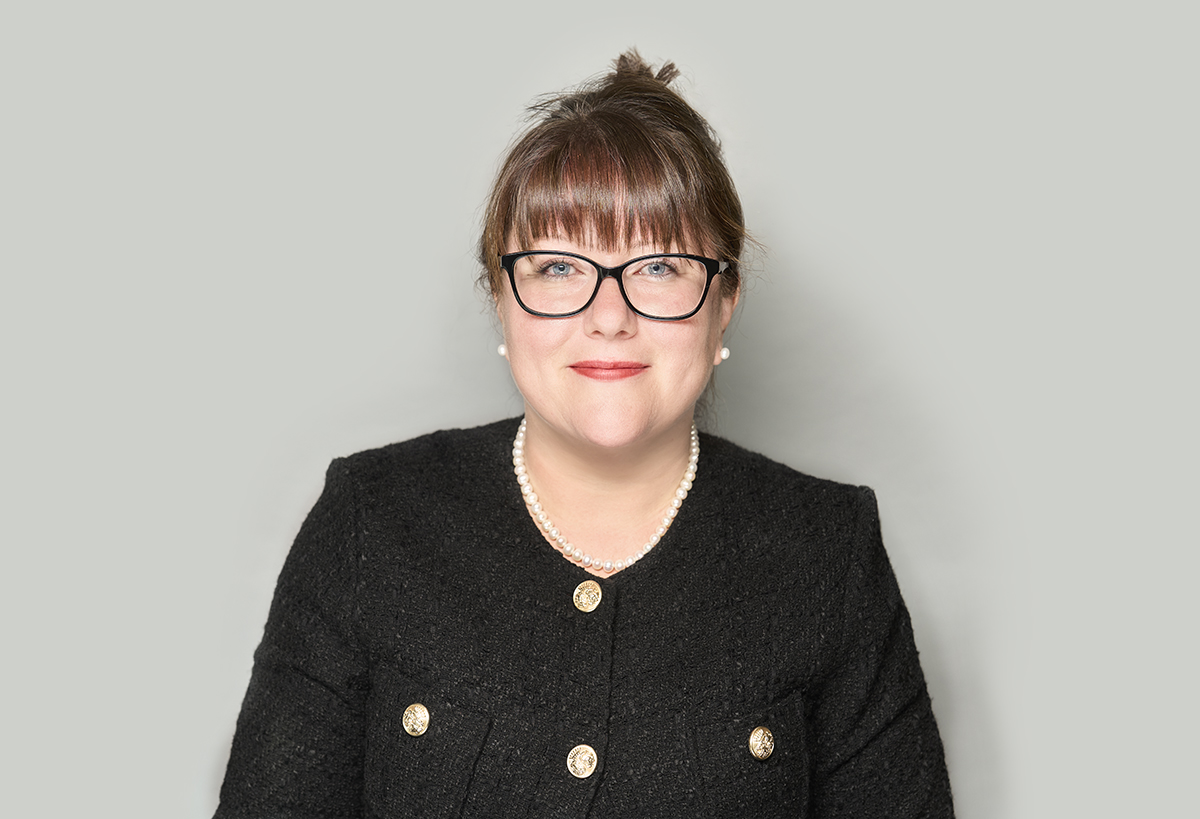An Untapped Market for Women Supporting Women
Written by
The Middle East is, and has historically been, a highly entrepreneurial part of the world and there is therefore a high density of family businesses within the region.
Indeed, some research suggests that up to 90 percent of the private sector in the United Arab Emirates (UAE) and Saudi Arabia consists of family-owned businesses.
As a result, a significant proportion of the wealth within the region is held within generational structures. Typically, the wealth originated with a patriarch – a male figure at the head of the household. However, this wealth is now increasingly being passed down through these structures to second or third generations. The result of this is an exponential increase in not only the number of individuals but also the number of women participating in both this wealth and the businesses it derives from.
A number of recent research studies reflect this trend. Female wealth in the Middle East is predicted to show a compound annual growth rate of 8.8% between 2019 and 2023, far exceeding that predicted for Western Europe at only 5.4% over the same period. If achieved, this growth rate will see the value of assets managed by women in the region surpass $1 trillion.
This growth in female wealth is matched by the increased presence of women within the family businesses generating this wealth. This can be seen in the dramatic growth in female private-sector employment. For example, in Saudi Arabia, in the two years from 2019, participation of women in private businesses increased by over 10% on average across a range of sectors.
There is not only an expansion in the wealth held by females in the Middle East, but in their visibility within the entrepreneurial landscape of this region. The causes of this are numerous and diverse, and likely driven by increased education, globalisation and liberalisation, alongside the shift in generational wealth. It also reflects a wider cultural transition, and lines up with narratives of increasing equality and diversity across the globe. What is also evident are the opportunities this presents for those working alongside these women, and specifically, for advisers in the wealth management sector.
I have been advising families and women in the Middle East for over a decade and, during this time, have seen an unmistakable cultural shift in the wealth management industry towards women supporting women. Many people have expressed interest, and often possibly surprise, at my role as a female advisor in this region. This is understandable given female advisors are currently in the minority, with a recent survey showing that among wealth management clients, only 39% of women had female advisors, and only 23% of men did. However, in my experience, this role is well received and welcomed by many in the region.
Whilst culturally one could potentially say that this stems from the reluctance of male family members to have their female relations advised by men, it is often women who are more likely to desire and push for female advisory support. The female adviser can also be a preferred choice to act on behalf of both the male and female members of a family. Families, of course, have both personal and business needs which commonly in the region do intertwine. There is also an increase in both business and family disputes in the region and female advisers are being increasingly chosen to try to ‘bridge the gap’ with these disputes, particularly where they involve female members of the family.
The underrepresentation of female advisers in the wealth management industry reveals a gap in the market, which has so far largely been untapped. Studies have shown that women with female relationship managers were 1.7 times more likely to “strongly agree” that their representatives acted in their best interests, whilst men with female advisors strongly agreed at an even higher rate of 1.8 times. Whilst research has often been focused within the financial services industries, the above shows that these findings are likely to also strongly resonate in the context of other advisory services in the Middle East. The conclusion to be drawn from this is that, at present, the lack of females within the industry in the region is somewhat of a missed opportunity.
With the current trend in movement of wealth in this region only set to continue over the coming decade, the demand for trusted female advisors can surely only increase in line with this, alongside the opportunities for those able to fulfil this role.
This article was first published on the Private Client Global Elite on 30th April 2021.

